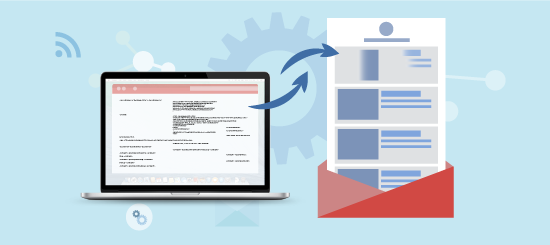So what have Gmail gone and done now? And will their latest offering be a positive or negative thing for email marketers? Remember the inbox tabs and category labels which had many marketers in a flap, worried whether their emails would ever make it to the primary inbox? Ultimately, it actually proved to be a positive change as the categories made it easier for users to focus on messages that were important to them and that similar messages were filed in the same place.
But we are now very excited to learn that Gmail have introduced new postmaster tools. This means that email marketing services providers like Campaign Master (UK) Ltd will have more control over analysing customer domains and can help their clients with more effective inbox delivery. High volume senders will have more support from Gmail to analyse their emails including data on delivery errors, spam reports and reputation. With these new reports, senders can scrutinise any issues and learn how to maintain best practises.
This is especially great news for Campaignmaster users as only email traffic that passed SPF or DKIM will be available on the new dashboards. Campaignmaster provides these two authentication practises as standard with all account set ups. Check out our email marketing glossary and popular terms if you are not au fait with the e-marketing lingo.
Gmail has some pretty impressive statistics when it comes to spam management. For example, did you know that less than 0.1% of email in the average Gmail inbox is spam? The amount of wanted mail ending up in the spam folder is even less at under 0.05%.
When we don’t want specific emails we can click the ‘Report Spam’ button or the opposite “Not Spam” button for wanted emails. So Gmail’s filters were already identifying spam vs. wanted mail in the future, as per some other ISP feedback loops too. But now Gmail are bringing the same intelligence developed for Google Search and Google Now to make the spam filter smarter in a number of ways.
Gmail’s spam filter now uses an artificial neural network (this is a family of statistical learning models inspired by biological neural networks) to detect and block the especially sneaky spam i.e. the kind that could actually pass for wanted mail.
Everyone manages their inboxes differently. For example I love my daily dose of email marketing news, but my colleague prefers a monthly roundup. So with advances in machine learning, the spam filter can register our individual choices and preferences and delivery what we really want.
To boot, the spam filter is even better at detecting email impersonation i.e. phishing scams. Thanks to new machine learning signals, Gmail can now determine whether a message actually came from its sender, and keep bogus email at bay.
So to summarise, if you are sending out a large volume of emails to Gmail users, you can now use Postmaster Tools to see the following:
- If users are marking your emails as spam
- Whether you’re following Gmail’s best practices (bulk senders guideline)
- Why your emails aren’t being delivered
- If your emails are being sent securely.









